Algae bloom kills hundreds of sea lions off California
Hundreds of sea lions off the coast of California have been poisoned this year amid a “highly unusual” algae bloom that has persisted in southern and central parts of the state into October.
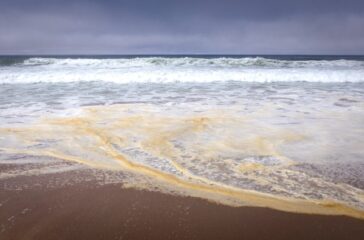
Hundreds of sea lions off the coast of California have been poisoned this year amid a “highly unusual” algae bloom that has persisted in southern and central parts of the state into October.
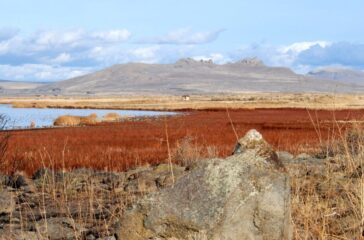
By Douglas Main
An ongoing outbreak of botulism, a bacterial illness that causes muscle paralysis, has killed more than 94,000 birds at Tule Lake National Wildlife Refuge in Northern California, the worst such outbreak at the lake ever recorded, according to federal scientists.
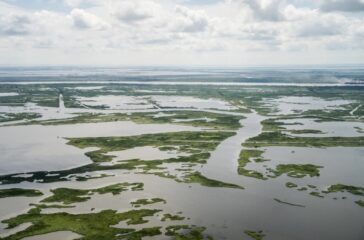
By Madeline Heim, Milwaukee Journal Sentinel
A proposal to create a federal funding program to protect the Mississippi River is back in front of Congress.
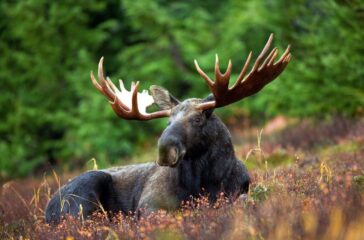
Wildlife exposure to per- and poly-fluoroalkyl substances (PFAS) poses added added threats to species already struggling to adapt to habitat loss and harmful climate change, a new paper warns.

New research finds that certain farming practices are benefiting some types of birds, underscoring the influence agriculture can have on important species at a time when bird populations around the world are in decline.

By Carey Gillam
A Massachusetts mother filed a lawsuit on Tuesday blaming widespread PCB pollution by General Electric (GE), Monsanto and its German owner Bayer AG, and several other companies for causing her 9-year-old son to develop leukemia and suffer repeated debilitating medical treatment.
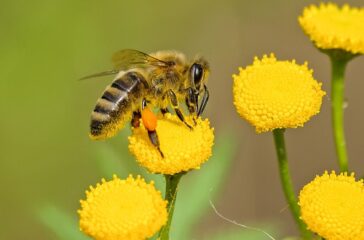
In California, regulators have rolled out a plan to eliminate “high-risk” pesticides from agricultural and urban use. In Mexico, officials have announced a ban on the widely used weedkiller glyphosate. And in Canada, regulators have implemented some new pesticide restrictions and are reviewing the potential for others.
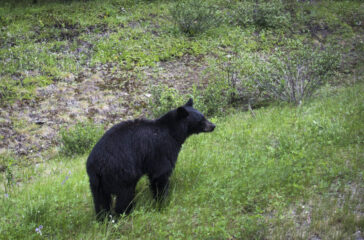
By Grace van Deelen
Tracking and killing bears, wolves, and other animals in Wisconsin may be getting easier for hunters after recent rule changes to the state’s advisory process – moves that underscore clashes underway in many states between conservation groups and pro-hunting interests.

A class of chemicals linked to multiple health hazards in humans have been detected in hundreds of wildlife species across the United States, according to a report issued Wednesday.
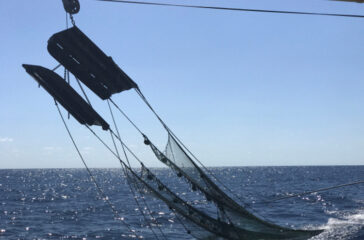
By Shannon Kelleher
A U.S. government agency that is supposed to protect ocean resources is instead endangering coral reefs, fish, and other marine life as it collects data from the Gulf of Mexico, an environmental watchdog group alleged this week.
In an Aug. 29 letter, Public Employees for Environmental Responsibility (PEER) called on the National Oceanic and Atmospheric Administration (NOAA) to stop scraping the ocean floor in the Gulf of Mexico with heavy nets for fishery studies. PEER is a Washington, DC-based group that works to expose improper government actions related to the environment.
Peer said it received concerning information from a NOAA scientist about the practice, and a review of NOAA’s own data demonstrates that the “bottom trawling” may inflict irreparable damage on sea floor habitats that can last for years.
“Ironically, NOAA’s own marine protection policies are designed to minimize the very type of damage these research trawls cause,” PEER Executive Director Tim Whitehouse said in a press release. “We believe that that the damage caused outweighs the marginal research value of these trawls.”
PEER said the trawls involve dragging heavy nets, large metal doors, and chains over the sea floor to catch fish, similar to industrial fishing. The trawls sometimes result in nets abandoned in the ocean, where they can entangle sea turtles and other marine animals, PEER said.